How Spay & Neuter Helps Save Lives
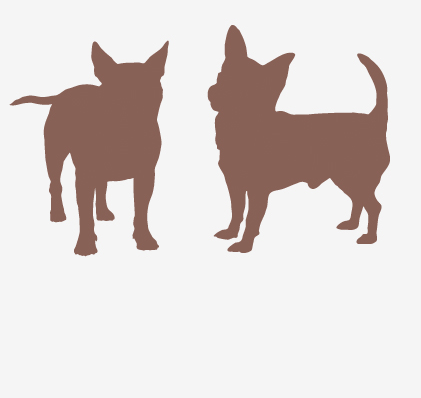
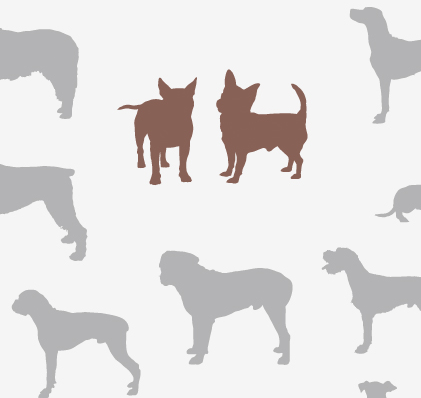
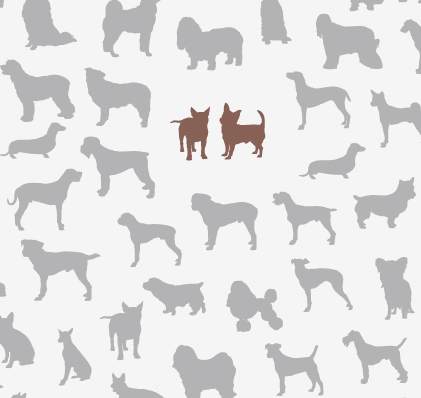
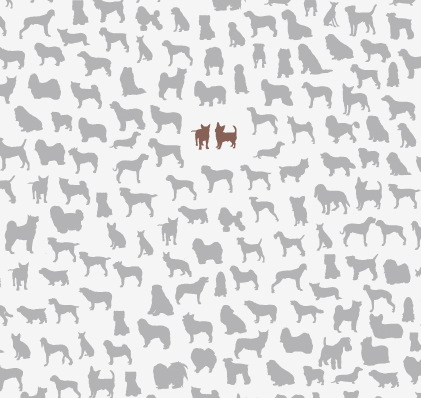
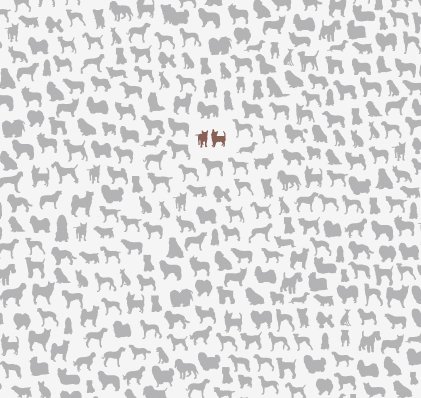
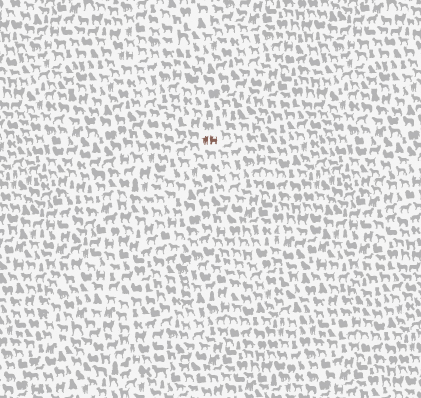
An unspayed female dog, her mate, and all of their puppies, and all of their puppies' puppies, if none are ever neutered or spayed, add up quickly.
Each year, approximately 10,000 of the dogs and cats taken to municipal shelters in New York City are killed simply because there are not enough homes to account for the overwhelming number of pets in need. This intolerable problem exists because the City's uncontrolled stray population reproduces naturally -- and too many pet owners allow their dogs and cats to breed without contemplating the consequences.
While many pet owners find wonderful companions through animal shelters, it is well-documented that successful adoption programs alone will not solve the pet overpopulation crisis. Alternatively, adequately funded spay/neuter programs that target low-income communities have led to great success in reducing shelter populations and subsequent high death rates in cities in New Hampshire , Utah and California. In fact, in 2006, Animal Friendly NYC commissioned a study projecting a dramatic drop in New York City shelter intake, using the New Hampshire program, led by Peter Marsh, as a model.
Consider the following:
- In New York City alone, approximately 10,000 dogs and cats will be killed this year in our municipal animal shelter system--that’s close to 40 a day!
- National estimates indicate that approximately 3 million to 4 million of the animals who enter shelters nationwide every year are euthanized (60 percent of dogs and 70 percent of cats) simply because there is no one to adopt them.
- Only 10 percent of the animals received by shelters nationwide have been spayed or neutered. Approximately 75 percent of owned pets are spayed/neutered.
- The reduction of shelter populations due to the prevention of unwanted births will allow an increase in the time and resources available for finding suitable adoptive homes for shelter animals.
- Prevention of unwanted births reduces the expenditure of your tax dollars used to collect, feed, house, kill and dispose of New York City's dog and cat surplus.